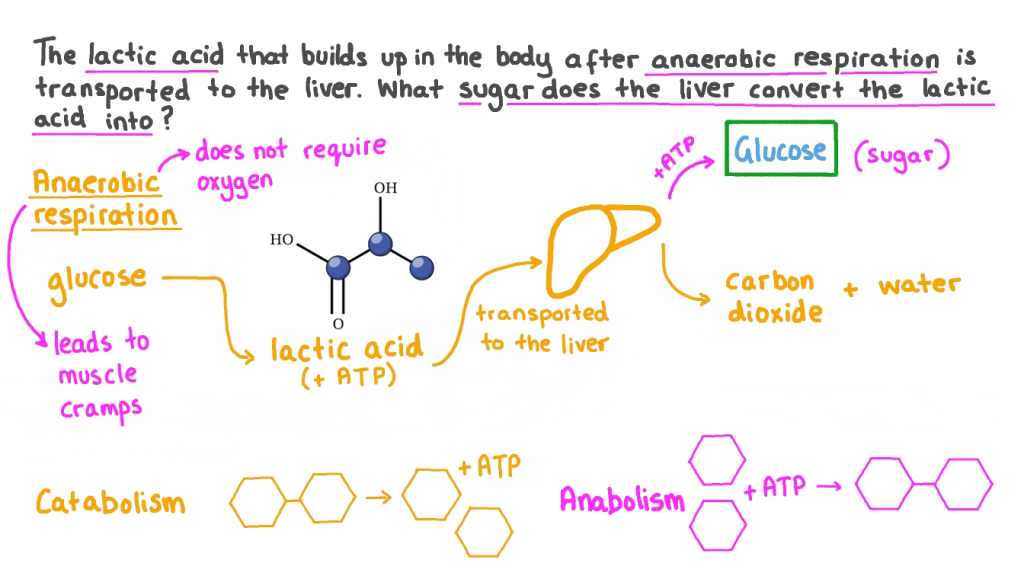Key Points
- Research suggests lactic acid is produced in muscles during intense exercise, like bodybuilding, when oxygen is limited.
- It seems likely that lactic acid acts as a temporary energy source, not the direct cause of muscle soreness, contrary to old beliefs.
- Evidence leans toward lactic acid helping muscle endurance and recovery by fueling muscles and aiding repair processes.
- Surprisingly, managing lactic acid buildup through proper training and rest can enhance bodybuilding performance.
Understanding Lactic Acid in Bodybuilding
Lactic acid is something every bodybuilder encounters during a tough workout. It’s an organic compound your muscles produce when you push them hard, especially during heavy lifts or high-rep sets. Far from being a villain, lactic acid plays a key role in how your muscles perform and recover, making it a critical part of the bodybuilding journey.
How Lactic Acid Forms in the Body
When you’re pumping iron and your muscles demand more energy than oxygen can supply—like during an intense set of squats—your body switches to anaerobic energy production. Here, glucose breaks down into pyruvate, and when oxygen is scarce, pyruvate turns into lactic acid. This happens fast, giving your muscles a quick energy boost to keep going. Blood lactate levels, usually 1–2 mM at rest, can spike above 20 mM during a grueling workout, showing just how active this process gets.

Lactic Acid and Muscle Soreness: Busting the Myth
For years, people thought lactic acid was the culprit behind that aching feeling after a heavy session. But science has cleared its name. The soreness you feel, known as delayed onset muscle soreness (DOMS), comes from tiny muscle tears and inflammation—not lactic acid itself. In fact, your body clears lactic acid from your muscles within an hour or two post-workout, so it’s long gone by the time DOMS kicks in. Instead of causing pain, lactic acid is more of a helper in the background.
The Role in Muscle Performance
Lactic acid isn’t just a byproduct—it’s a teammate. During a set, it provides a short-term energy source, letting you squeeze out those last few reps. It also signals your body to adapt, potentially boosting endurance over time. Some studies even suggest lactic acid supports heart and brain energy needs during exercise, keeping you in the game longer. For bodybuilders, this means more reps, better pumps, and improved stamina—crucial for chasing gains.
Recovery and Lactic Acid
After your workout, lactic acid doesn’t just sit there. It gets shuttled to your liver, where it’s converted back into glucose through a process called the Cori cycle. This recycling helps replenish energy stores, setting you up for your next session. Plus, the slight acidity from lactic acid buildup might trigger repair signals in your muscles, aiding growth. Pair this with solid rest—7–9 hours of sleep and 48 hours between hitting the same muscle group—and you’re maximizing recovery for bigger lifts.
Managing Lactic Acid for Better Gains
Bodybuilders can work with lactic acid, not against it. Training smart—like using moderate reps (8–12) with short rests (30–90 seconds)—ramps up lactic acid to enhance metabolic stress, a key driver of muscle growth. Warm-ups and cool-downs help your body handle it better, while staying hydrated keeps clearance smooth. Over time, your muscles get better at buffering lactic acid, letting you push harder without that burning feeling slowing you down.
Why It Matters for Bodybuilding
Lactic acid is more than a buzzword—it’s a sign your muscles are working hard. Embracing its role can help you fine-tune your training. It’s not about avoiding the burn but using it to signal progress. With the right approach, lactic acid becomes a tool for building endurance, strength, and size—everything a bodybuilder craves.
